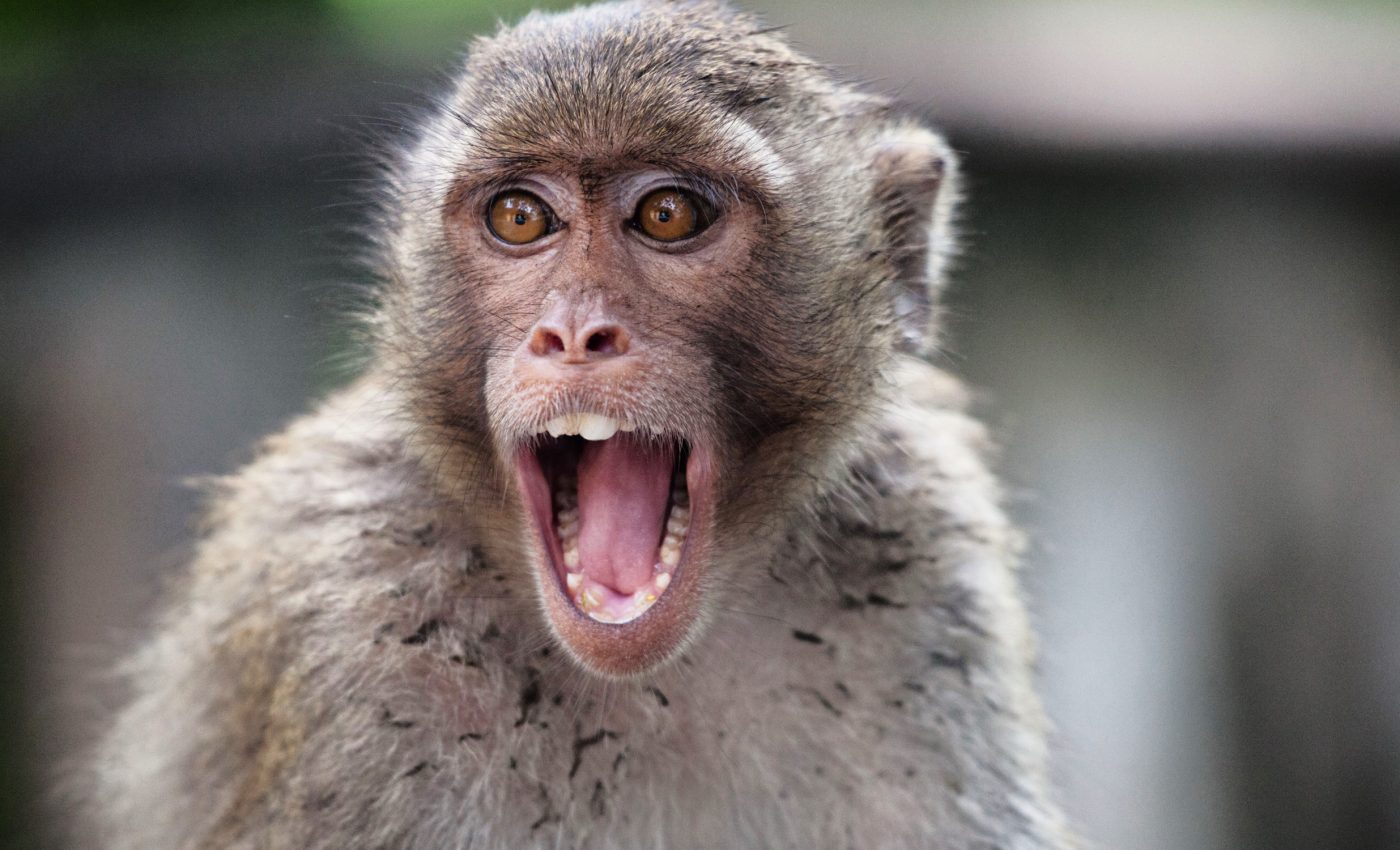
Primates who are facially expressive make the best leaders
Some primates have bigger personalities than others, and surprisingly, it has nothing to do with size or strength. According to a recent study at Nottingham Trent University, expressive faces in primates lead to stronger social connections, impacting their social structures.
The study was led by Dr. Jamie Whitehouse, a research fellow at NTU’s School of Social Sciences, along with Professor Bridget Waller, a seasoned expert in Evolution and Social Behaviour at NTU.
Analyzing expressive primates
The team ventured out to study nine social groups of rhesus macaques, each comprising one adult male, multiple adult females, and offspring.
To analyze the facial expressions of the dominant male in each group, the researchers used a specially designed coding system called MaqFACS. This clever system tracks 17 different facial muscle movements, revealing the spectrum of expressivity.
To tie these measurements to social connections, the team observed the lives of 66 monkeys across the groups. They measured how often each pair spent time together, the intensity of their friendly grooming interactions, and the social status each primate held within their group.
Social connections of expressive primates
The results were fascinating. The males who showcased more diverse facial expressions were discovered to be more socially connected within their groups. They also had stronger social bonds and sat at more central positions in their social networks.
And their expressivity didn’t just benefit them – it led to a more balanced social structure within their group, suggesting a more tolerant leadership style.
Environmental dynamics of primate social behavior
The impact of environmental factors on primate social behavior cannot be overlooked. Different habitats present various challenges and opportunities that shape the way primates interact with one another.
In environments with abundant resources, social bonds may become less competitive, leading to increased collaboration and supportive behaviours among individuals.
Conversely, in resource-scarce settings, competition can intensify, potentially leading to strained relationships.
Understanding how these environmental dynamics interplay with facial expressivity opens new avenues for exploring the ecological contexts in which social structures evolve.
Implications for conservation efforts
The findings from this study hold significant implications for primate conservation efforts. As humans continue to encroach on natural habitats, understanding the social dynamics of primate species becomes increasingly crucial.
Conservation strategies that consider social structures and communication methods may be more effective in promoting the survival of endangered species.
By fostering environments that encourage expressive behaviors and social cohesion, conservationists could aid in the development of resilient primate populations that can adapt to changing conditions.
Ultimately, these insights underscore the importance of maintaining biodiversity and protecting the rich tapestry of social interactions within primate communities.
New insight into human behavior
The broader implications of this research extend to us, humans. Just as monkeys form social structures based on expressive communication, we too may lean on our facial expressions to build and maintain social relationships. Does this mean that our most expressive friends are the de facto leaders of our social circles?
“This research demonstrates how individual variation in expressivity can shape social dynamics for primates, including humans—suggesting that a broader range of expressions might be more effective for navigating complex social relationships than a limited repertoire,” noted Dr. Whitehouse.
On a larger scale, these expressive individuals might have the upper hand in forming strong social connections, leading to more resources, greater mating opportunities, and even protection from threats. Doesn’t this somehow remind you of your office environment?
Connecting the dots: Past, present, and future
And what about the course of evolution? “Humans have evolved incredibly expressive faces with highly complex facial musculature, and these findings help us understand what advantage this has provided over evolutionary time,” said Professor Waller.
So, the next time you’re feeling a little withdrawn, remember that a smile or a grimace might just be your ticket to a better social connection.
The study is published in the journal Proceedings of the Royal Society B: Biological Sciences.
—–
Like what you read? Subscribe to our newsletter for engaging articles, exclusive content, and the latest updates.
Check us out on EarthSnap, a free app brought to you by Eric Ralls and Earth.com.
—–













